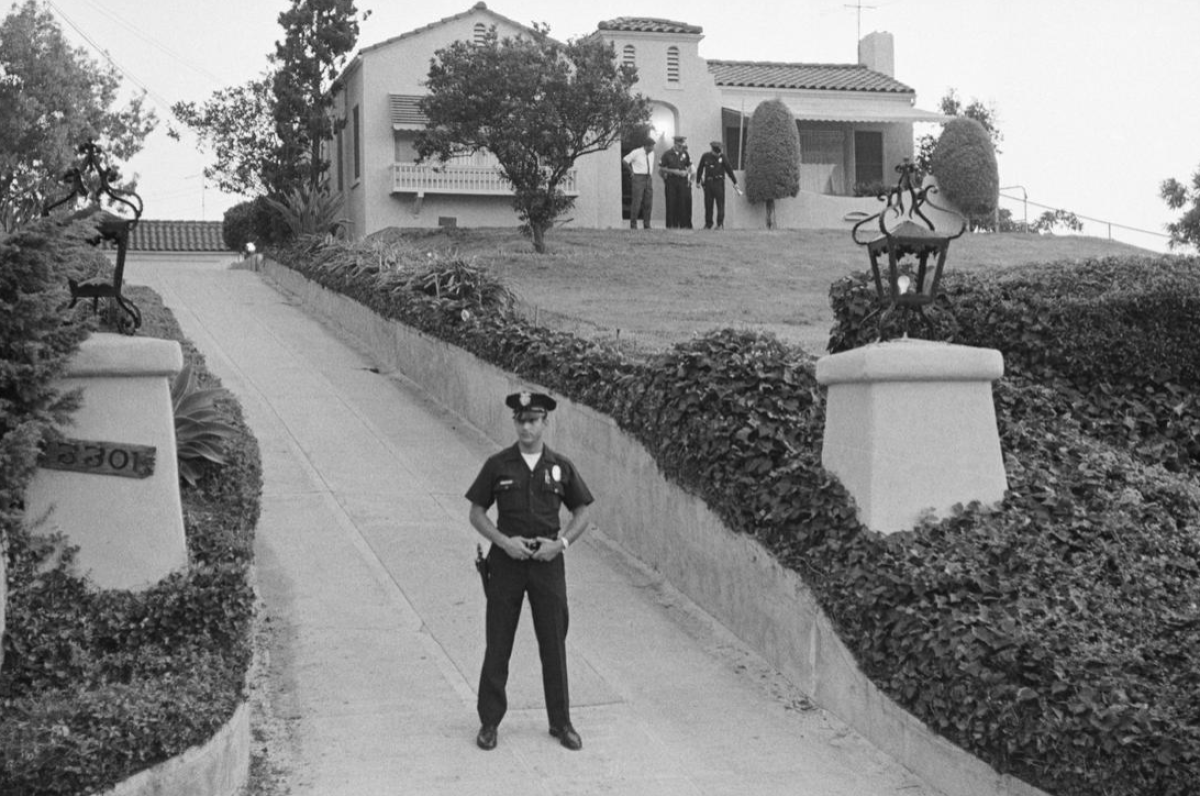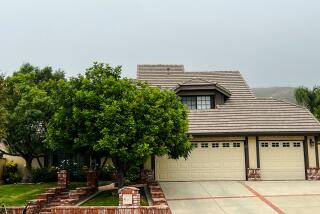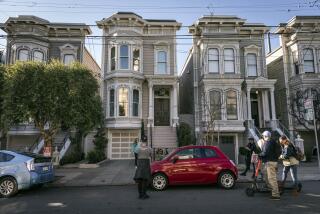A Manson murder house is for sale. That’s a challenge, especially this year

Rare is the real estate listing that really means it when characterizing a home as “truly, one of a kind.”
But there is no other place like 3311 Waverly Drive in Los Feliz.
Robert Giambalvo, the Redfin listing agent, described the property over the phone in perfectly formulated servings of real-estate speak: The location is “private Los Feliz,” the views are “spectacular,” and the property is “amazing.” Giambalvo also refers, precisely and without straying in wording, to “the event that happened 50 years ago.”
On Aug. 10, 1969, Leno and Rosemary LaBianca were murdered in this two-bedroom, 1 ½-bath Los Feliz home, a night after a pregnant Sharon Tate and four others were beaten, stabbed and shot 11 miles across town on Cielo Drive in Benedict Canyon. The city was seized with terror after the murders. Hollywood stars went into hiding, and the price of guard dogs jumped sevenfold.
The deep psychological imprint that the Charles Manson family murders left on Los Angeles and the world is undisputed, and already the topic of endless reams of paper and ink. But what of the houses themselves? What does the real estate market look like for famous sites of notoriety?
“It’s just such a calm, peaceful, serene environment that I don’t think anybody cares about what happened a long time ago,” Giambalvo said.
Under California civil code, sellers are required to disclose if a death — natural or otherwise — occurred in a home within the last three years, but they are not required to volunteer the information if the death falls outside that time frame. (For a small fee, the website DiedinHouse.com will scrape millions of public and private records to reveal whether anyone has died at a given address. The $11.99 per-search charge also includes meth lab- and fire-related records.)
Giambalvo said that despite not being legally obligated to inform potential buyers of the home’s dark past, he “put on the MLS that this is formerly known as the LaBianca house, and to do research before showing.”
“We don’t want somebody to go into escrow and find out 10 days, 15 days later that there was the event that happened 50 years ago. And then they don’t want to buy it because of that,” he explained. “We just wanted people to make offers with their eyes wide open.”
The LaBianca house has changed hands several times since 1969 and last sold in 1998. Giambalvo said that current owners are looking to downsize as they prepare for retirement.
The house is priced at $1.98 million, which, according to Giambalvo, is intentionally just below market value. “The event that happened 50 years ago is going to eliminate some of the market. And also, it’s a good strategy to market all homes a little bit below market value to get increased interest,” he said.
Randall Bell — chief executive of Landmark Research and an expert in the valuation and sales of properties that have been scarred by scandal or tragedy — said that crime scene stigma typically, but not always, “lasts approximately five to seven years” for a property.
“Nobody can forget Charles Manson — at least in our lifetimes. But in terms of it having a material impact on real estate, I don’t think so,” Bell explained over email, in response to a question about whether the renewed attention focused on the 50th anniversary of the Manson murders could affect the sale price so many years after the fact.
And, as Bell explained, “hot housing markets can amplify the ‘forgiveness-factor’ that the market has for properties with a troubled past.”
Giambalvo didn’t seem worried. “The first showings were yesterday, and I already have several people telling me that their clients are preparing to make an offer,” the real estate agent said.
More to Read
Sign up for Essential California
The most important California stories and recommendations in your inbox every morning.
You may occasionally receive promotional content from the Los Angeles Times.











